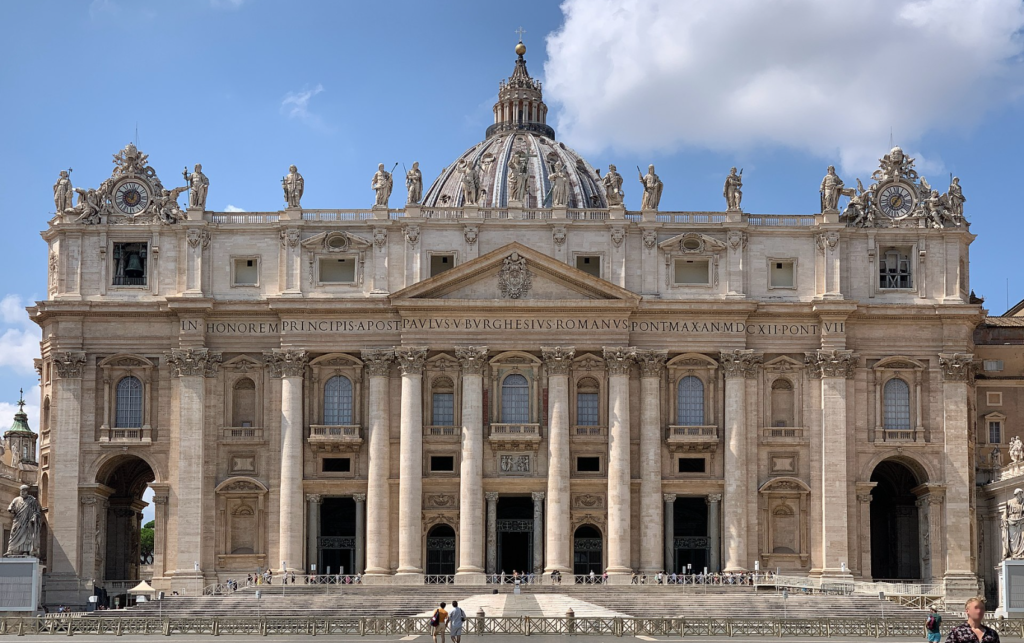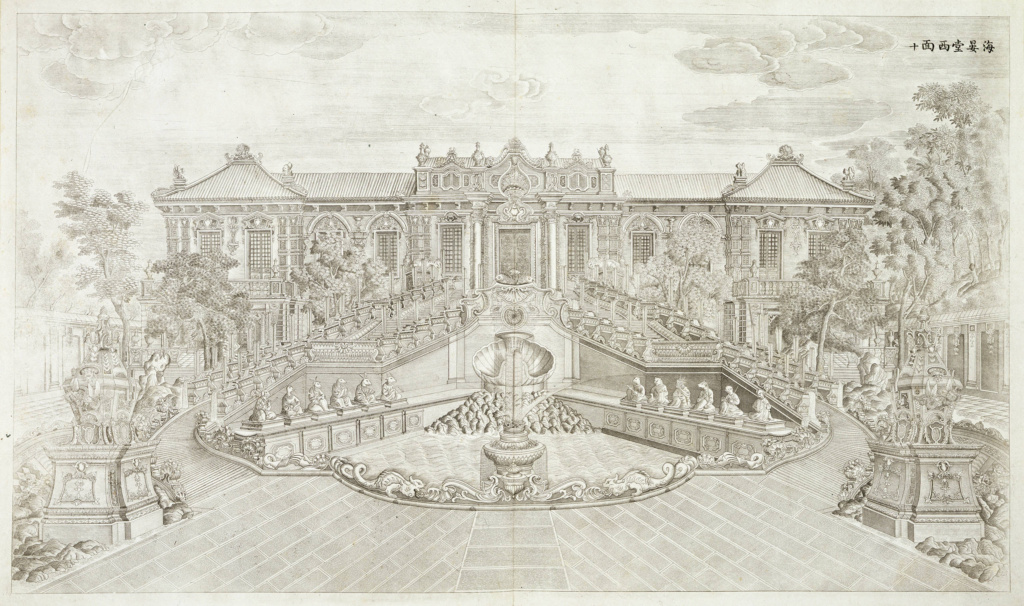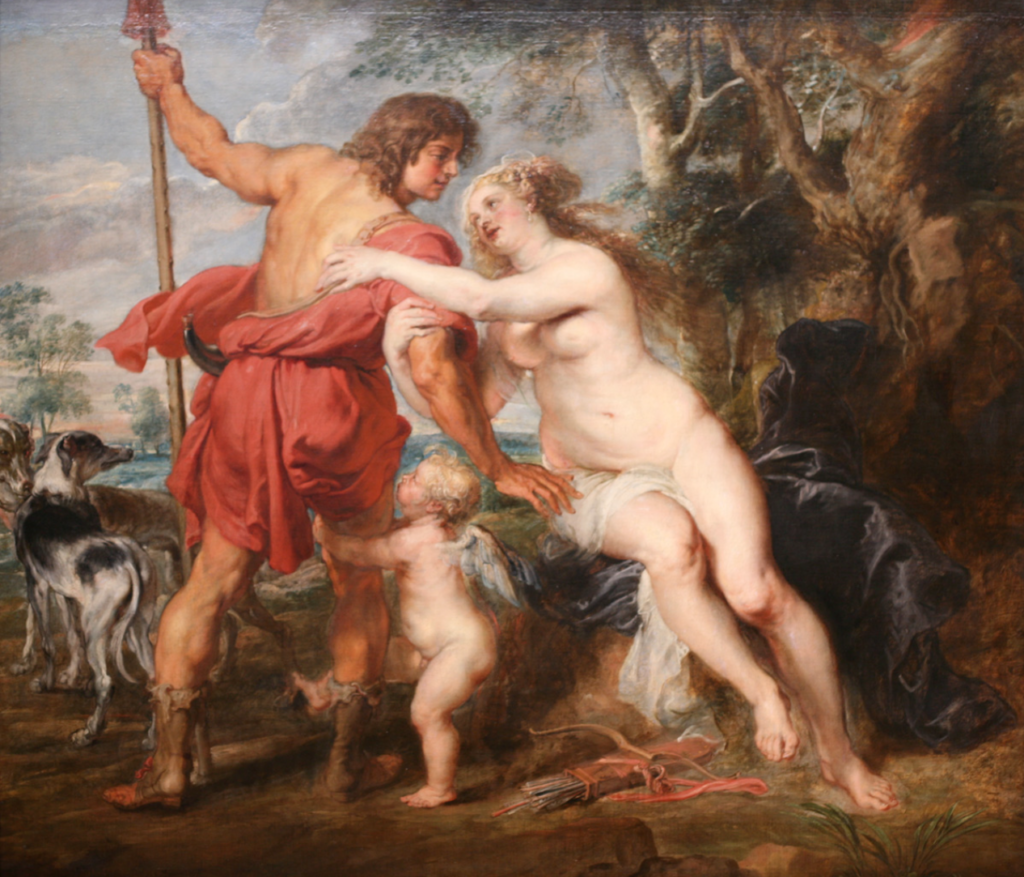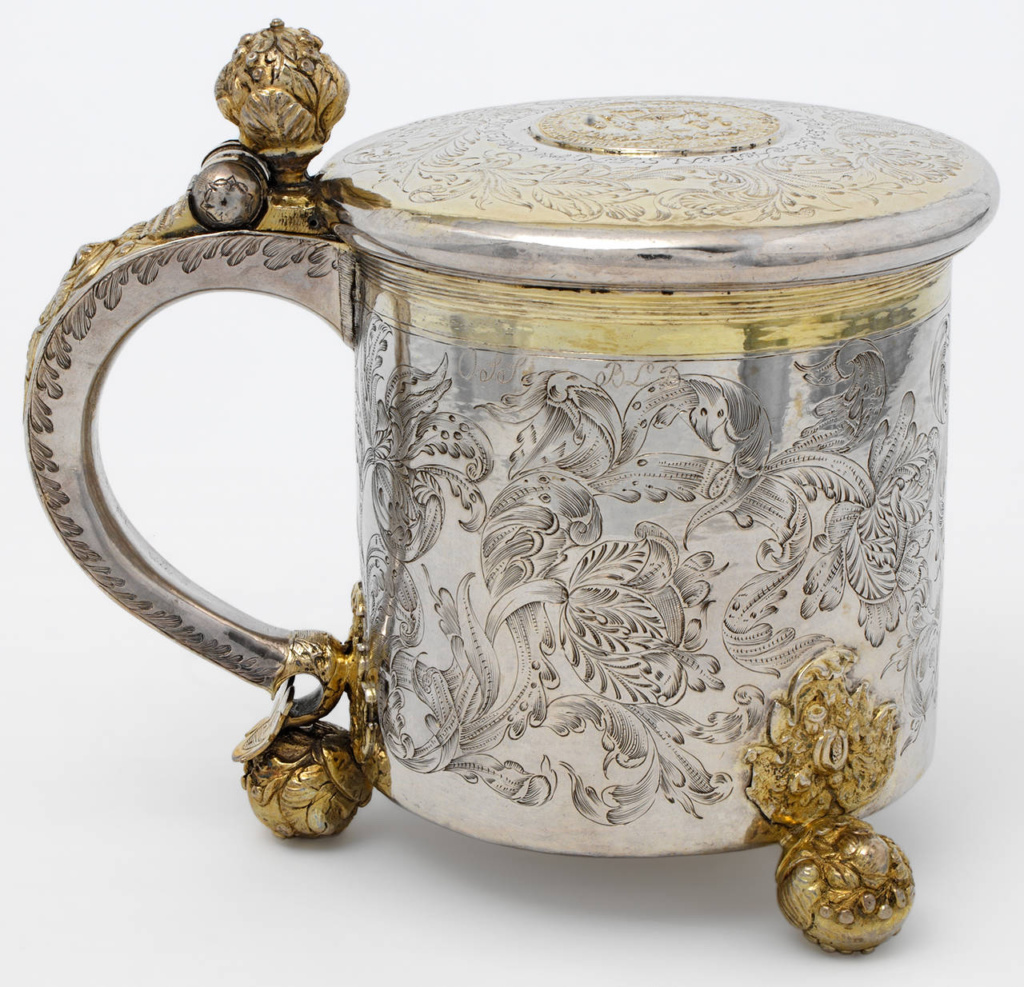Compiled by ArtiZen Editor

At its height in Rome from the 17th to the 18th century, Baroque is a prevailing style of art widely applied in painting art, architecture, and music across Spain and Europe. The term Baroque comes from French, which means ‘flawed pearl’ or ‘irregularly shaped’, it originated in Italy and spread throughout Europe. Baroque art is well-known for its realistic approach to depicting emotions, using light and shadow to create movement and depth illusions and its curving lines, gilded text, and images.
After the Italian renaissance, Baroque became the most influential style associated with the Catholic counter-reformation. Its dynamic movement, bold realism and direct emotional appeal were ideally suited to proclaiming the reinvigorated spirit of the Catholic Church. Baroque art and design directly address the viewer’s senses, emotions, and intellect. It reflects the real life of a mid-age hierarchical and patriarchal society of the time, encouraged and used by those in power—the churches, monarchs and aristocracy. It aims to gain influence through a visual art narrative of persuasion and impression, to be both rich and meaningful. Compared to the control and balanced proportions during the Renaissance time, Baroque is known for its movement, drama, ornate and delicate details.
The first global style
Baroque’s influence extended from Italy and France to the rest of Europe, and then travelled via European colonial initiatives, trade and missionary activity to Africa, Asia, and South and Central America. Sculpture was sent from the Philippines to Mexico and Spain, while London-made chairs went all over Europe and across the Atlantic; Luxury products from French royal workshops were both desired and imitated by fashionable society across Europe. In addition, as a style, Baroque also underwent its localization transformation to adapt to new needs and local tastes, materials and contexts.

For example, in China, the European pavilion was the grandest expression of the Qing rulers’ interest in the arts of Europe. Beijing’s Summer Palace, alias Yuan Ming Yuan, Emperor Qianlong’s summer residence, although it was burned by the European invaders themselves in the early 20th century, these architectures were designed by Jesuit Priests, most pavilions completed between 1756-1766 were based on Baroque models and include grand fountains and statues.
Style Feature: a sense of drama and flamboyance

The Baroque style used contrast, movement, exuberant detail, deep color, grandeur and surprise to achieve a sense of awe. In the decorative arts, the style employs plentiful and intricate ornamentation. The departure from Renaissance classicism has its own ways in each country. But a general feature is that everywhere the starting point is the ornamental elements introduced by the Renaissance. New motifs introduced by Baroque are: the cartouche, trophies and weapons, baskets of fruit or flowers, and others, made in marquetry, stucco, or carved.
An important feature of Baroque art and design is its use of human figures. Facial expression, pose, gesture, and drapery were all used to add dramatic details, represented as allegorical, sacred, or mythological, these figures help turn the work into a drama to convey particular messages and to engage the emotions of the viewer. Grand Baroque images of monarchs and powerful aristocrats were more common in 17th-century France and England, as a means to unambiguously assert the King’s status.
Baroque buildings were also dynamic and dramatic, both using and breaking the rules of classical architecture. Inside, the architecture echoed theatrical techniques – painted ceilings made rooms appear as if they were open to the sky and hidden windows were used to illuminate domes and altars. Imposing architecture was also used to reinforce the power of absolute rulers, such as with the Palace of Versailles, in France – the most imitated building of the 17th century.
Baroque Materials, ornament and Theatre

A fascination with physical materials was central to the Baroque style. during the Baroque period, the birth of modern science and the opening up of the world beyond Europe brought an increasingly serious interest in the nature and meaning of these exotic materials. Rarities such as porcelain and lacquer from East Asia became fashionable and were imitated in Europe. New techniques, such as marquetry (the laying of veneers of differently coloured woods onto the surface of furniture), developed by French and Dutch cabinet-makers and learned from them elsewhere, were also developed.
Representations of the natural world, as well as motifs derived from human and animal forms, were popular decorative features. The most widespread form of Baroque floral decoration was a running scroll, often combined with acanthus – a stylised version of a real plant.
The theatre was a setting for magnificent productions of drama, ballet and opera – a new art form at that time. With their ornate costumes, complex stage sets and ingenious machinery, these performances created wonder and awe.
However, by the mid-18th century, the Baroque style seemed increasingly out of step with the mood of the time, which placed increasing emphasis on reason and scientific enquiry. Baroque was criticised as an “immoral” style and art and design turned away from its use of emotion, drama and illusion, returning to a simpler style inspired by classical antiquity. It was only in the late 19th century that the style began to be critically reappraised once more.
References:




